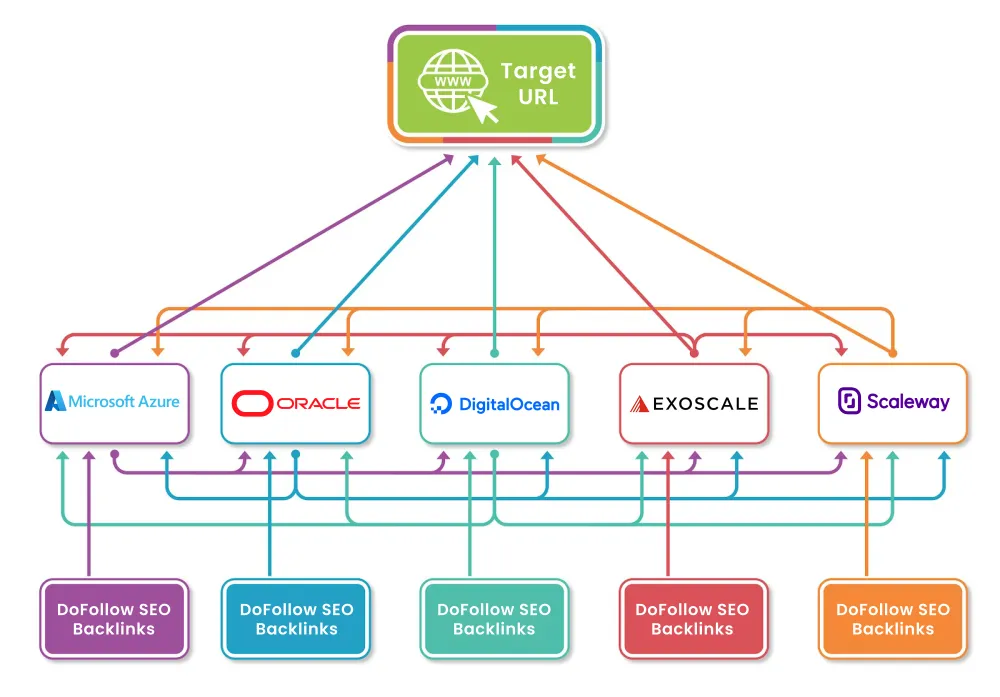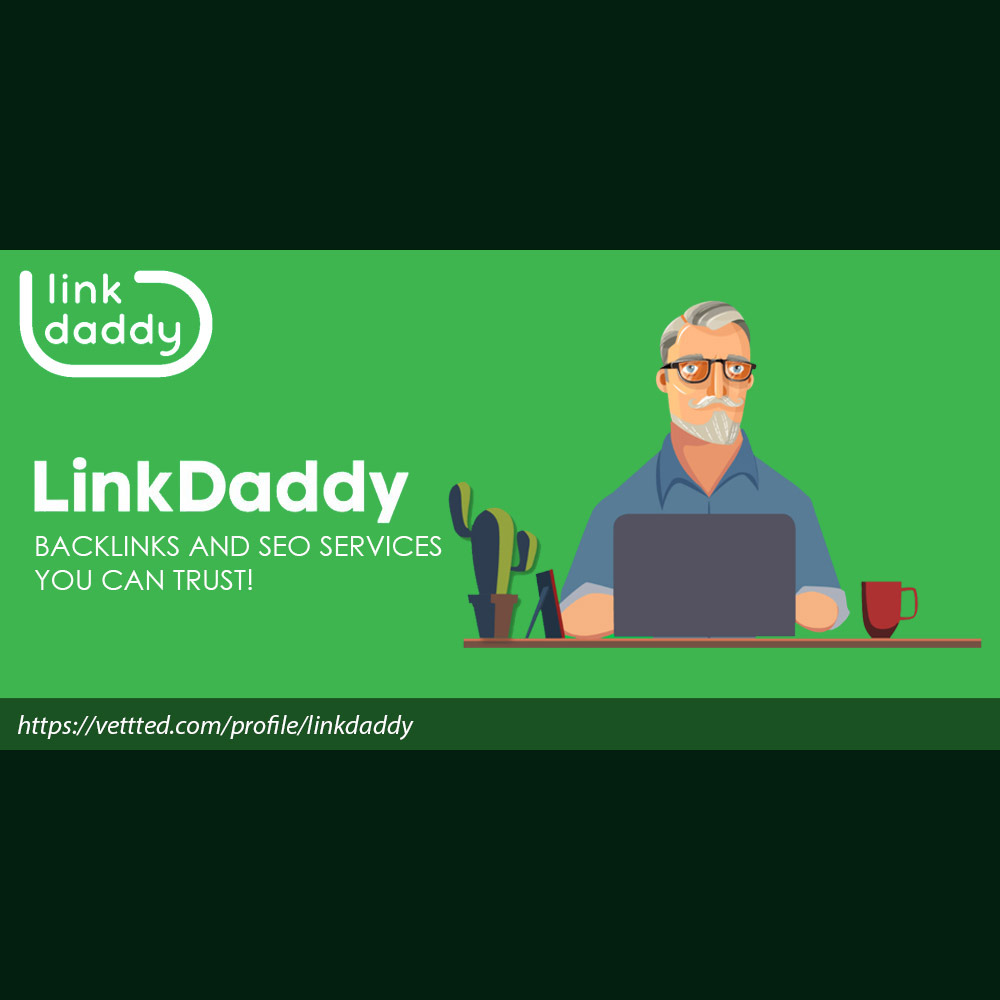Navigating the Cloud Solutions Landscape: Tips and Finest Practices
In the rapidly developing realm of cloud solutions, organizations face a wide range of choices and difficulties when it comes to browsing the complicated landscape of cloud offerings. With a myriad of solution designs, differing security considerations, and price optimization methods to think about, the job of choosing the best cloud provider can be intimidating. Nonetheless, by understanding key finest practices and tips for effective cloud adoption, organizations can purposefully place themselves for enhanced effectiveness, adaptability, and scalability in their procedures.
Comprehending Cloud Solution Models
Browsing the landscape of cloud solutions begins with a clear understanding of the various cloud service versions readily available on the market. Cloud computer provides 3 primary solution versions: Facilities as a Service (IaaS), Platform as a Solution (PaaS), and Software as a Solution (SaaS) Each version provides different levels of abstraction and monitoring obligations for users.

System as a Solution (PaaS) supplies a system permitting customers to develop, run, and handle applications without the intricacy of building and keeping the facilities. PaaS offerings include development tools, data source administration systems, and company analytics services.
Software Application as a Service (SaaS) delivers software applications over the net on a membership basis. Customers can access these applications through a web internet browser, eliminating the need for installment and maintenance. Popular SaaS applications include client connection monitoring (CRM), e-mail solutions, and office performance devices. Recognizing these cloud solution models is vital for selecting the best fit for your company's goals and demands.
Assessing Security Factors To Consider
Security factors to consider play a crucial function in the examination of cloud solutions to ensure data protection and privacy. When assessing cloud solution suppliers, it is important to prioritize protection functions and protocols.
Additionally, assessing the provider's physical safety procedures at data facilities, including accessibility controls and monitoring, assists minimize possible risks. Carrying out multi-factor verification and strong password policies includes another layer of defense against cyber threats - linkdaddy cloud services. Routine safety audits and infiltration screening can additionally recognize vulnerabilities and make sure continuous renovation of safety procedures
Expense Optimization Methods
In addition to focusing on safety and security functions and protocols when examining cloud solution carriers, it is vital to implement price optimization strategies to make the most of functional efficiency and economic resources. One more approach is to utilize serverless computer solutions that charge based on real use instead than pre-allocated ability. Furthermore, thinking about multi-cloud or hybrid cloud strategies can offer cost advantages by utilizing the staminas of various providers for numerous workloads.
Choosing the Right Provider
When selecting a cloud provider, organizations must meticulously evaluate key aspects to guarantee optimum efficiency and cost-effectiveness. One essential aspect to take into consideration is the company's integrity and uptime warranty. Downtime can result in significant interruptions to procedures, leading to possible income Home Page loss. It is necessary to select a copyright with a proven track document of high availability and durable disaster healing steps.
One more important consideration is information security. Services need to focus on the safety and discretion of their data when selecting a service company. Seek providers that offer strong file encryption, regular security audits, and conformity qualifications to make certain data security.
Scalability is also an important variable to analyze. As company requirements develop, the cloud company need to use adaptable scalability choices to suit development or variations in need efficiently. This ensures that services can quickly readjust their resources without incurring unnecessary costs.

Implementing Cloud Migration Plans
To effectively change to cloud services, organizations must diligently plan and implement their cloud movement strategies. Companies should perform a complete evaluation of their existing IT framework, applications, and data to figure out which components are appropriate for movement to the cloud.
After the assessment stage, organizations require to establish a comprehensive migration strategy that outlines the timeline, source allotment, and essential landmarks for the movement job. It is necessary to entail vital stakeholders from various departments to make sure alignment with company purposes and decrease disturbances during the movement process.
Furthermore, companies must think about aspects such as data safety, conformity requirements, and scalability when picking cloud company and movement devices. Regular interaction, screening, and monitoring are also necessary to attend to any problems quickly and make sure an effective movement to the cloud. By adhering to these ideal practices, businesses can efficiently apply their cloud movement strategies and unlock the advantages of cloud solutions.
Conclusion

With a myriad of service versions, varying protection considerations, and expense optimization techniques to consider, the task of selecting the ideal cloud service provider can be daunting.Navigating the landscape of cloud services starts with a clear understanding of the numerous cloud solution models offered in the market. Cloud computer uses three key service versions: Infrastructure as a Service (IaaS), System as a Service (PaaS), and Software Application as a Solution (SaaS)To successfully transition to shadow solutions, companies must carefully strategize and implement their cloud migration strategies (linkdaddy cloud services). By following these finest practices, organizations can effectively apply their cloud migration strategies and open the advantages of cloud services